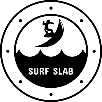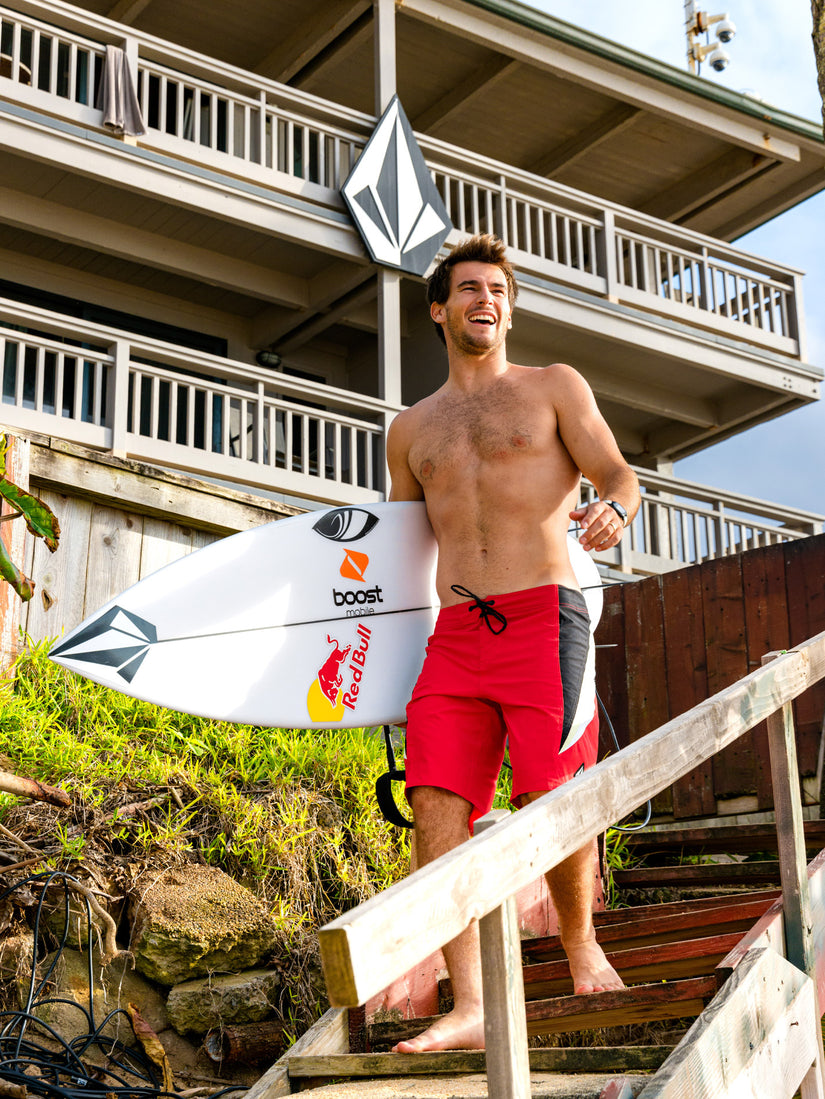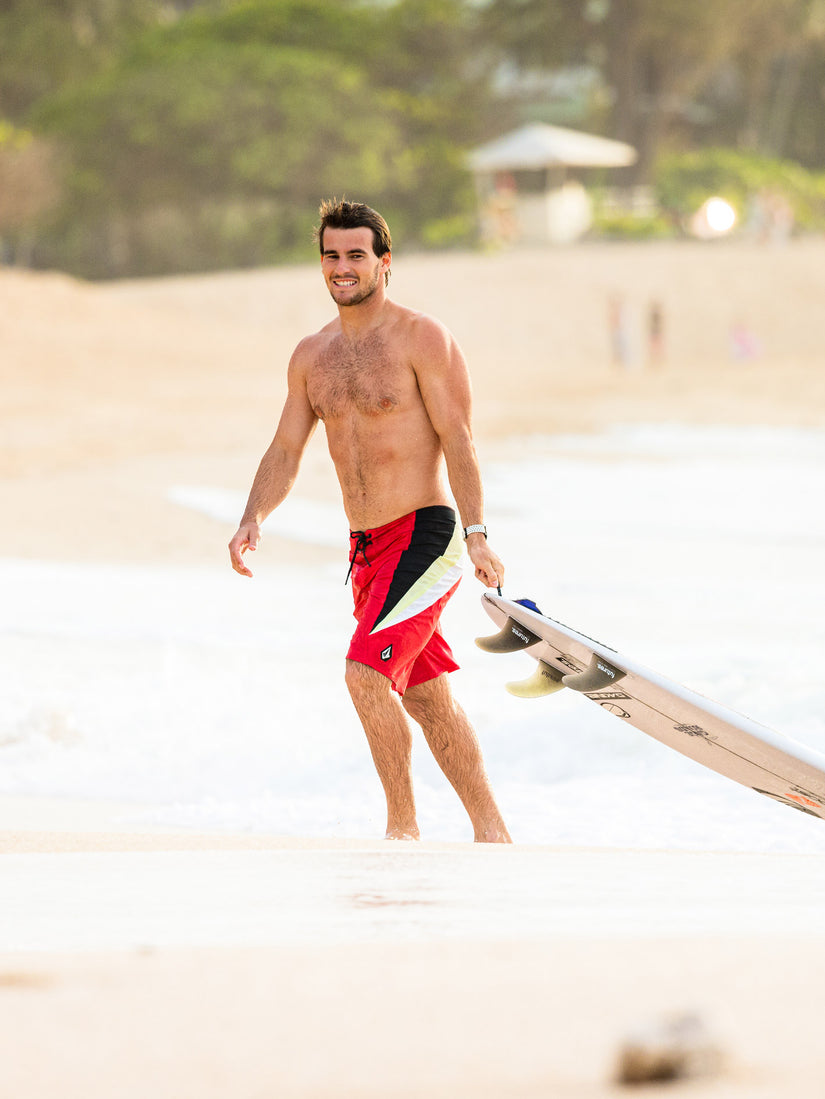


VOLCOM | BOXING DAY Up To 60% Off
● Women's liner jacket
● Boxy fit
● Waist length
● Zip-up closure at center front
● Welt pockets
● Rib finishing at collar and cuff
● Allover quilting
● Volcom patch at wearer's left chest
● Teflon EcoElite™ Non-PFC DWR Finish
● 100% polyester soft fur lining
● Length for size Small (from shoulder to bottom) : 25,5" (65 cm)
● Weight : 280g
Using nature as her inspiration Emma develops a colour palette to establish the beginnings of a work, letting the process develop into more textural forms. Her work combines these elements with craft and textiles to produce paintings that are a hybrid between tapestry and collages of organic patterns.
Following this intuitive process an emphasis is placed on the texture and layering within her work, developing a balance between a visually captivating piece and a highly tactile sensation within.
Features:
- Tiered maxi dress - loose fit
- Square neckline with wide adjustable straps
- Border screen print placed down front chest panels and along bottom her
- Metal badge at back
- 100% Viscose
Every thread built to shred, these trunks are designed to exceed the needs of the serious athlete. Designed in collaboration with team rider Jack Robinson, these 4-way stretch Mod-Tech Trunks offer unparalleled mobility, while the cinch fly allows a secure, custom fit. Featured here in black.
94% Polyester / 6% Elastane 4 - way stretch
20" outseam (9.75" inseam) - size 32
Side welt zip pocket
Side seam panels
Cinch Fly Technology
SIZES - 34, 36, 38
$85

74-year-old "young man" is an inspiration to the surfing community.


Best Day Ever?!? | Lakey Peterson

How a mother turned a surf shop into a home on the Outer Banks

Is this the Most Dangerous Wave I've Ever Surfed? | Kai Lenny

HOW WE FOUND THE CRAZIEST WAVE ON EARTH

An epic surfing day in the Basque Country | Mundaka

Galactik Tracks | Dean Morrison - Craig Anderson - Ozzie Wright & More
Popular Posts
-
The Everydayers celebrate the riders who show up purely for the love of being on the water. They are the quiet local legends who inspire the...
-
Incredible waves a couple of days ago at Mullaghmore Head, Ireland. The largest swell of the last 5 years, combined with a strong offshore w...
-
Active Tropical Oasis Zip Front Long Sleeve One Piece Swimsuit Pixelated Zippered Haute Mini Long Sleeve DiveSkin







